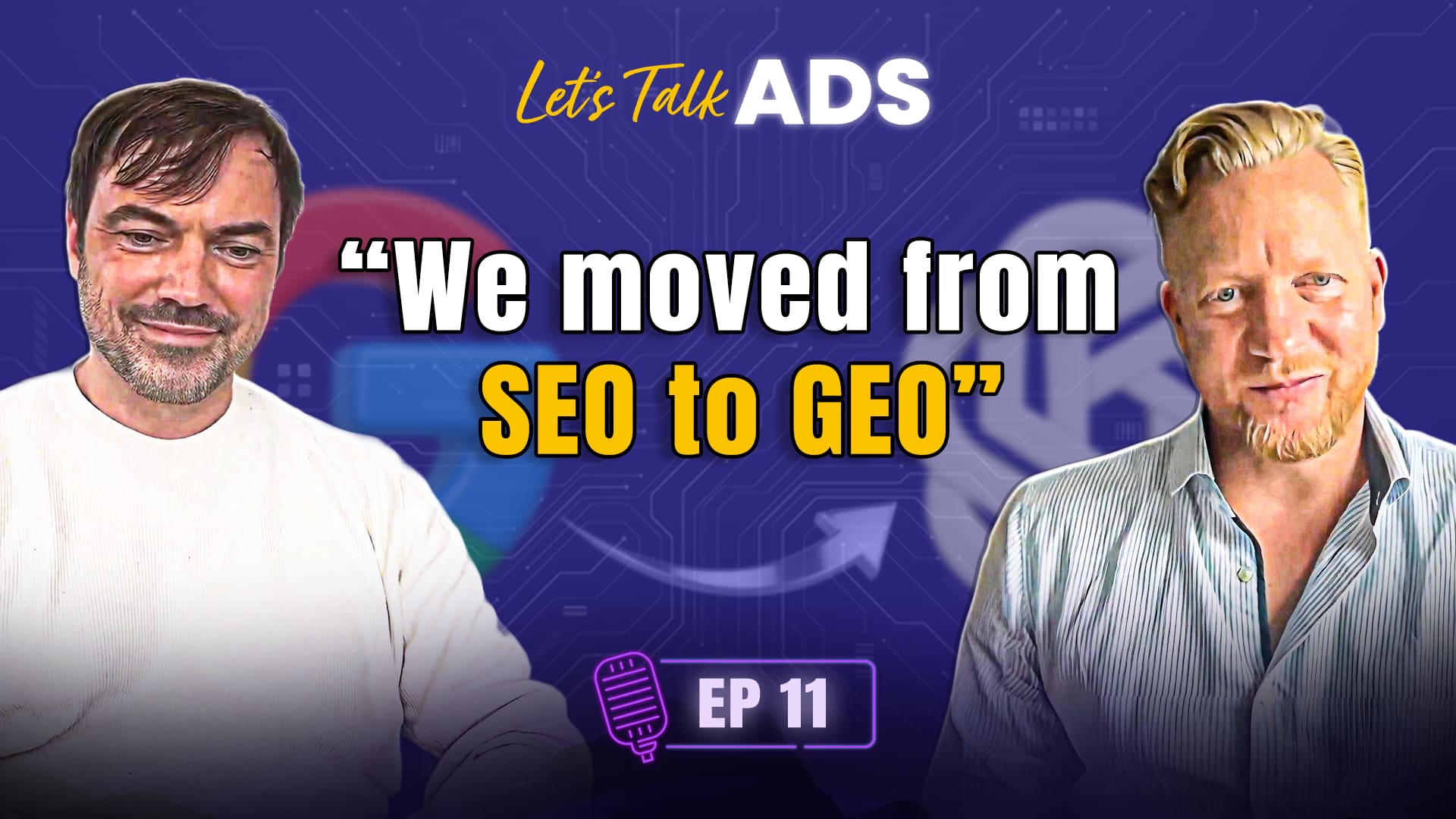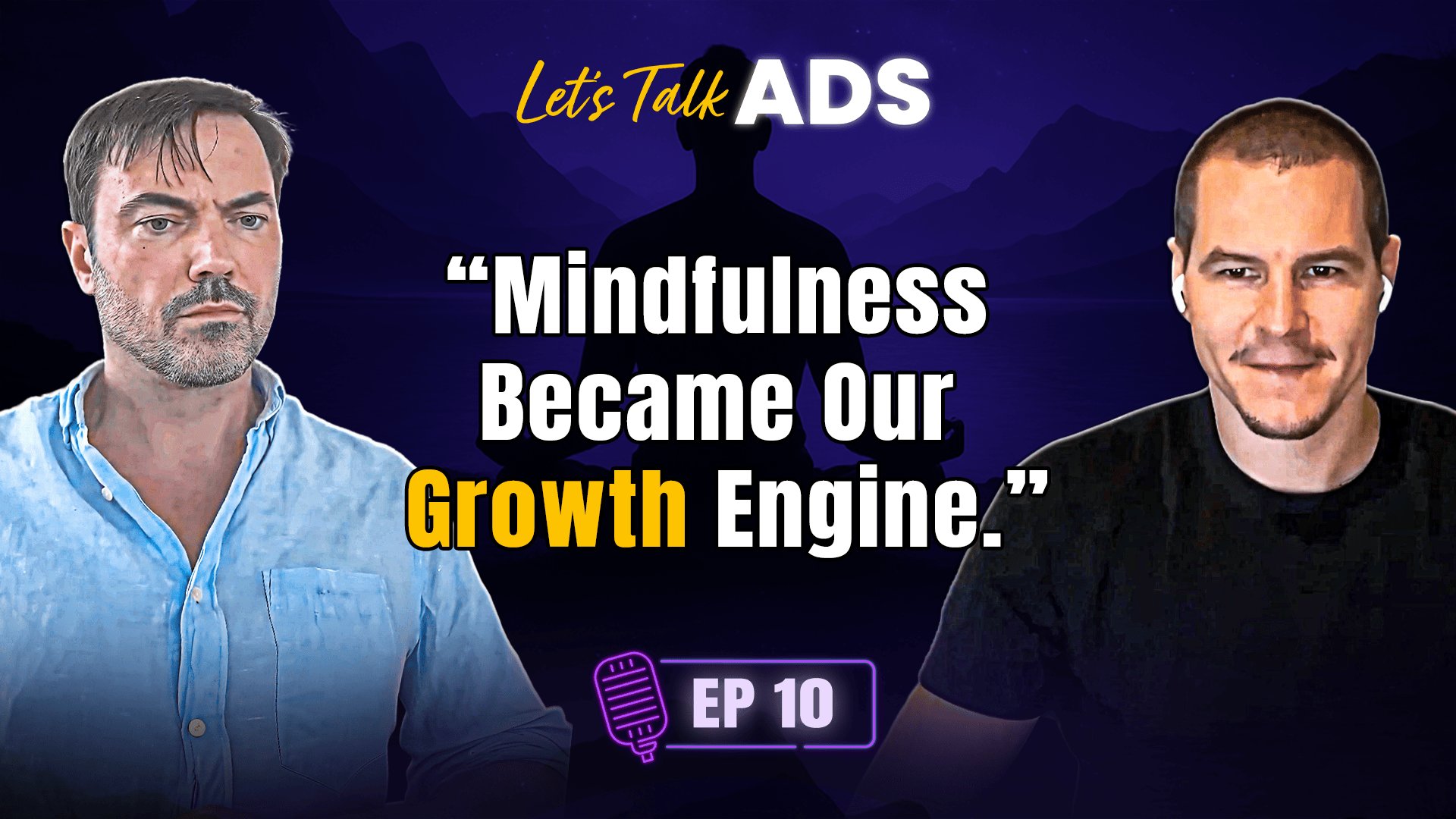A media mix marketing is one way for companies to plan the different places where they will use their marketing strategy. The last step in figuring out the best mix of channels based on the analysis is to optimize the media mix. Think about the last commercial you saw for one of your favorite brands. How did they improve on things they had done before that were successful? Adding a media mix to your annual strategy can help you learn more about your target audience and the best ways to reach them.
Table of Contents
What is Media Mix Optimization?
Modern marketing tries to improve the customer experience by making campaigns that cover everything and getting customers involved at every step of the buyer journey. As marketing changes, marketers must use new digital tools to make shopping more personal. Media Mix Optimization (MMO) is a way to improve marketing by using numbers from different media. The goal is to get as much attention as possible from the media and keep as many customers as possible interested.
Benefits of Media Mix Marketing
For marketers, the following are the most important benefits of optimizing their media mix:
Better management of the budget in the marketing department
Marketers can maximize their return on investment across all platforms by making the most of the money they spend on media. By looking at how well each channel reaches its target audience, marketers can decide where to put their money and which channels work best.
Success in getting more of the people you want to attract
By making a media plan based on the demographics and habits of one’s target audience, one can find the best ways to reach that audience. This ensures that marketing efforts go where they will have the most effect.
A better-than-ever return on investment
Marketers can improve their results and return on investment (ROI) by constantly testing and changing their media strategy. So, businesses can make the most of their marketing efforts without going bankrupt.
A 360-degree view of how customers feel
Marketers may better understand customer journeys and make advertising choices by combining data from numerous channels. This data may help build and adapt the media strategy to match customer desires.
Better consumer experience
Marketers can give their customers a consistent and smooth experience by watching how they use different media. Customers are more likely to buy from a business again if they have a good time there. This may make people loyal to the brand and keep them returning.
A better return on the money spent on advertising
Marketers can make their efforts more successful by changing the media mix. Because of this, you can improve all three parts of your business: customer engagement, brand recognition, and conversion rates.
Better use of facts when making decisions
Marketers can use the information that media mix optimization gives them to make smart decisions about their media buys. The ability to track and analyze results from a marketer’s different channels makes it much easier for them to make decisions based on facts rather than guesses.
Workflow Optimization
By using media more effectively, marketers may save money and time. If you focus on the right channels and groups of people, you might be able to improve your marketing at a lower cost.
Learn more about user preferences
Marketers can learn more about their clients’ habits by following their progress across channels. This information could be used to improve marketing campaigns in the future and start more successful campaigns.
Essential Tips on Media Mix Optimization
It’s best to promote your business on several media. A well-planned marketing communications network may lead prospects to your call to action. Before choosing a media mix, consider your brand, target market, resources, USP, and personnel expertise. Companies need to plan out a media mix strategy. Here are some tips to help you on your way:
Focus on your goals
What would you say are your most important goals right now? Depending on them, you will use different kinds of media and track different kinds of metrics. Brand recognition is important for a company’s early success. New businesses should use search engine optimization (SEO), social media, over-the-top (OTT) advertising, and more traditional channels like TV, radio, and print. But well-known businesses that want to increase their conversion rates should focus on prospects ready to buy. This can be done through pay-per-click (PPC) and in-store media advertising, among other things.
Establishing a marketing funnel
We’ve shown that different kinds of media are more or less important at different points in the customer lifecycle. So, the first thing to pay attention to is the sales funnel. How might different media types affect how much people see, interact with, and care about your brand? But it’s important not to think of the different funnel parts as separate things. Think of ways to bring them together and make change possible. Marketers may introduce people to their brand using pay-per-click (PPC) platforms. Retargeting converts browsers into buyers. Sign folks up for your emails when they learn about your company. They’d climb the funnel. After assembling your media mix, you’ll see a considerable improvement. Use the same messaging, concepts, and graphics across all your media to develop brand awareness, build trust, and communicate.
Invest in tracking and analyzing
To find the best media mix, brands must spend money on analytical tools, UTM tagging, and automated marketing reports. Keeping an eye on the rise or fall of your brand’s share of search queries may also be helpful. Mixing traditional and digital advertising is a great way to get your message out to many people. It may be hard to figure out how well offline marketing is working. Track short links, QR codes, coupon codes, and landing sites to learn more. Besides Amazon, eBay, Argos, Tesco, Target, and Walmart, a “Where to Buy” system may monitor client behavior across numerous marketplaces. This technology makes it easy for consumers to switch channels and media, and you may learn a lot about their experience.
Collect data across all channels
Investing in a platform that lets you see data from all your channels from a high level is also a good idea. All metrics need to be looked at and compared, so it’s best to have them all in one place. Tools like Google Data Studio, DashThis, and the Amazon Marketing Cloud could be helpful here.
Analyze statistics and progress
Pick a few consistent KPIs for eCommerce to keep an eye on regularly. By comparing them, you might learn something for your next campaign. You should pick a small number of key indicators to track right away, so you don’t get too much information. Choose KPIs for each method of distribution, a form of advertising, and target group. It’s best if they fit in with the bigger goals of your business. It’s also smart to pick different metrics for each market. By sticking to a regular reporting schedule, you can track how well your media is doing over time and separate the noise from the things most important to achieving your goals. Important to figure out how to best combine different media types, which could take months or even years of continuous data.
Check your output
If you use a lot of different ways to spread your marketing materials, it might be hard to figure out the best media mix. Before making big changes to your strategy based on data analysis, you should do sales lift tests and other small experiments. After choosing your media mix this way, you can be sure that your choices will change the game.
Understand target consumer preferences
The media mix you use will depend on the characteristics of your ideal customer, such as their age, gender, location, most important problems, and preferred way to get information. Likewise, to find the best mix of media, you need to look at your data, talk to consumer personas, and talk directly with your target audience. Interviews, surveys, and questionnaires are all good ways to start gathering information. You never know what you’ll find when you dig deeper than the weekly analytics data. Maybe you’ll learn about channels you’ve never looked into or find out what messages work for your competitors. Remember that different types of people are likely to visit different online places, and consider this when analyzing their comments.
Connect your different media platforms
The results may be quite impressive when all the parts of your media strategy come together. By connecting different channels and data sources, you can show your target audience the same message that leads them to a conversion on all your digital properties. Instead of repeatedly sending the same ad to potential customers, you can send them a well-thought-out series of messages that move them from being aware of your product to considering it to buying it on an e-commerce platform. Furthermore, this can be done with ad retargeting and email advertising. If a brand takes an omnichannel, all-inclusive approach, it will have more ways to connect its platforms and send personalized marketing messages.
Takeaway
Media mix optimization (MMO) is a dynamic way to use quantitative data to measure, plan, and improve marketing campaigns. It helps marketers manage their budgets better, reaches their target audience, gets a better return on their investments, gets a 360-degree view of the customer experience, gives customers the same experience every time, uses facts better when making decisions, improves workflow, and learn more about what users want. Similarly, companies should focus on their goals, set up a marketing funnel, think about their target audience, and evaluate their resources and staff expertise to find the best media mix. Get in touch with us to learn more about how to use MMOs as part of a marketing strategy, get the most out of your media efforts and better results.



